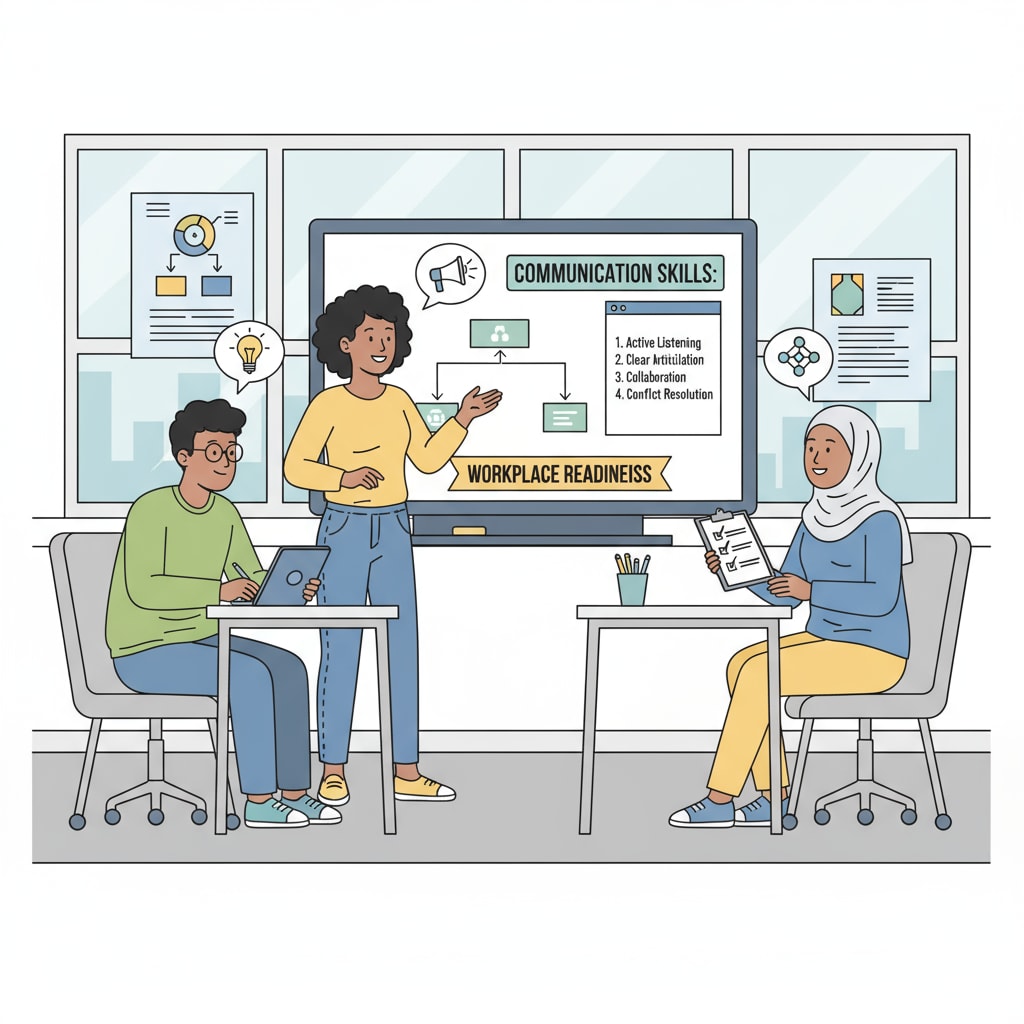Soft skills, secondary education, and workplace readiness are intertwined aspects that hold significant importance in today’s educational landscape. As the professional world evolves, the demand for individuals with well-developed soft skills has grown exponentially. However, secondary education systems often struggle to adequately incorporate the teaching of these essential skills.

This article delves into why soft skills matter in secondary education, the challenges faced in implementing their teaching, and practical strategies to integrate them into the curriculum.
The Significance of Soft Skills in Secondary Education
Soft skills, often referred to as interpersonal or non-technical skills, encompass a wide range of abilities such as communication, teamwork, problem-solving, adaptability, and leadership. In secondary education, these skills are not just supplementary; they are fundamental for students’ holistic development. For example, effective communication skills enable students to express their ideas clearly, both verbally and in writing. This is essential not only for academic success but also for future interactions in the workplace. Communication on Britannica

Challenges in Implementing Soft Skills Teaching
Despite the clear need for soft skills in secondary education, there are several challenges in integrating them into the curriculum. One major hurdle is the heavy academic load. Teachers are often pressured to cover a vast amount of content, leaving little time for dedicated soft skills training. Additionally, there is a lack of standardized teaching materials and methods. Without a clear framework, it becomes difficult for educators to effectively teach soft skills. Secondary Education on Wikipedia
Another challenge is the assessment of soft skills. Unlike academic subjects, soft skills are not easily quantifiable. Traditional assessment methods may not accurately measure a student’s proficiency in areas like teamwork or adaptability. This lack of clear assessment criteria can make it challenging to track students’ progress and determine the effectiveness of the teaching.
Strategies for Integrating Soft Skills into the Curriculum
To overcome these challenges, several strategies can be employed. One approach is to integrate soft skills into existing subjects. For instance, in a science class, students can work on group projects that require teamwork and problem-solving. By embedding soft skills training within academic content, students can develop these skills while learning core subjects.
Another strategy is to incorporate extracurricular activities. Clubs, sports teams, and volunteer programs provide valuable opportunities for students to practice soft skills in real-life settings. For example, leading a school club can enhance leadership skills, while participating in a volunteer project can improve communication and empathy.
Readability guidance: As we’ve seen, soft skills are of utmost importance in secondary education for preparing students for the workplace. By understanding the challenges and implementing effective strategies, we can ensure that students graduate not only with academic knowledge but also with the essential soft skills needed to thrive in the professional world. The integration of soft skills into secondary education is a step towards creating well-rounded individuals who are ready to take on the challenges of the modern workplace.


